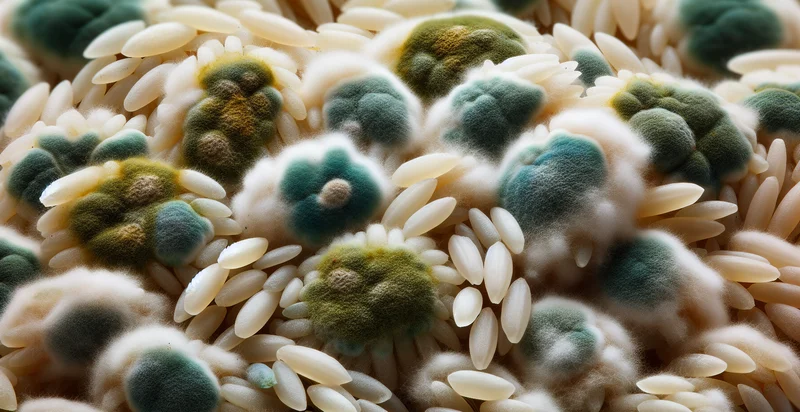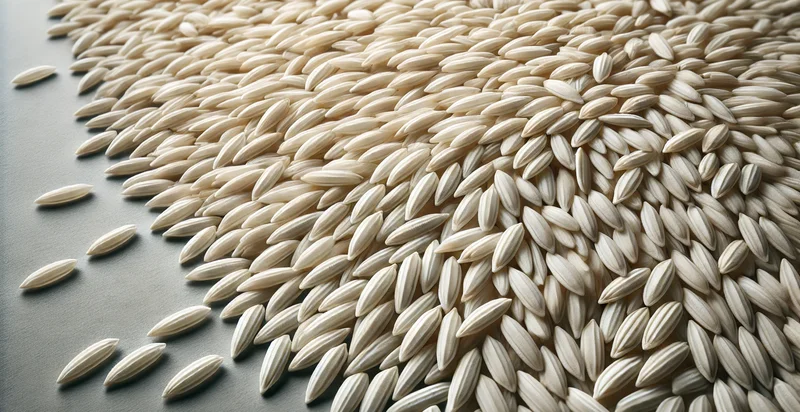Identify rice species
using AI
Below is a free classifier to identify rice species. Just upload your image, and our AI will predict what type of rice species it is - in just seconds.

Contact us for API access
Or, use Nyckel to build highly-accurate custom classifiers in just minutes. No PhD required.
Get started
import nyckel
credentials = nyckel.Credentials("YOUR_CLIENT_ID", "YOUR_CLIENT_SECRET")
nyckel.invoke("rice-species", "your_image_url", credentials)
fetch('https://www.nyckel.com/v1/functions/rice-species/invoke', {
method: 'POST',
headers: {
'Authorization': 'Bearer ' + 'YOUR_BEARER_TOKEN',
'Content-Type': 'application/json',
},
body: JSON.stringify(
{"data": "your_image_url"}
)
})
.then(response => response.json())
.then(data => console.log(data));
curl -X POST \
-H "Content-Type: application/json" \
-H "Authorization: Bearer YOUR_BEARER_TOKEN" \
-d '{"data": "your_image_url"}' \
https://www.nyckel.com/v1/functions/rice-species/invoke
How this classifier works
To start, upload your image. Our AI tool will then predict what type of rice species it is.
This pretrained image model uses a Nyckel-created dataset and has 17 labels, including Arborio, Basmati, Black Rice, Brown Rice, Flavored Rice, Glutinous Rice, Instant Rice, Jasmine, Long Grain and Medium Grain.
We'll also show a confidence score (the higher the number, the more confident the AI model is around what type of rice species it is).
Whether you're just curious or building rice species detection into your application, we hope our classifier proves helpful.
Related Classifiers
Need to identify rice species at scale?
Get API or Zapier access to this classifier for free. It's perfect for:
- Quality Control in Agriculture: This function can be employed by rice producers to automatically classify rice species during the quality control process. By identifying the species, producers can ensure that the right variety is packed and shipped, reducing the risk of mislabeling and increasing customer satisfaction.
- Genetic Research Support: Researchers can utilize this function to assist in the classification of various rice species while conducting genetic studies. Accurate identification of species can help in understanding genetic variations and traits, facilitating targeted breeding programs.
- Supply Chain Optimization: Logistics companies in the agricultural sector can apply this classification function to streamline their rice supply chain. By accurately identifying species, they can optimize inventory management, ensure proper storage conditions, and reduce wastage to meet market demand.
- Crop Disease Management: Farmers can use this false image classification function to identify specific rice species and correlate them with disease resistance. This helps in selecting appropriate treatments and developing better management practices tailored to each species' susceptibility or resilience to diseases.
- Educational Purposes: Educational institutions can implement this functionality in agronomy courses, offering students hands-on experience with rice species identification. This fosters deeper understanding of plant biology, agriculture, and the importance of biodiversity in crops.
- Market Analysis for Rice Varieties: Market analysts can leverage this tool to categorize rice species available in different regions. By identifying species variations, they can assess consumer preferences and trends, providing valuable insights for producers and marketers.
- Sustainable Farming Practices: Agricultural advocacy organizations can utilize this classification function to promote sustainable rice farming practices. By identifying and promoting specific rice species that require fewer resources or have lower environmental impacts, they can encourage farmers to adopt more sustainable cultivation techniques.


